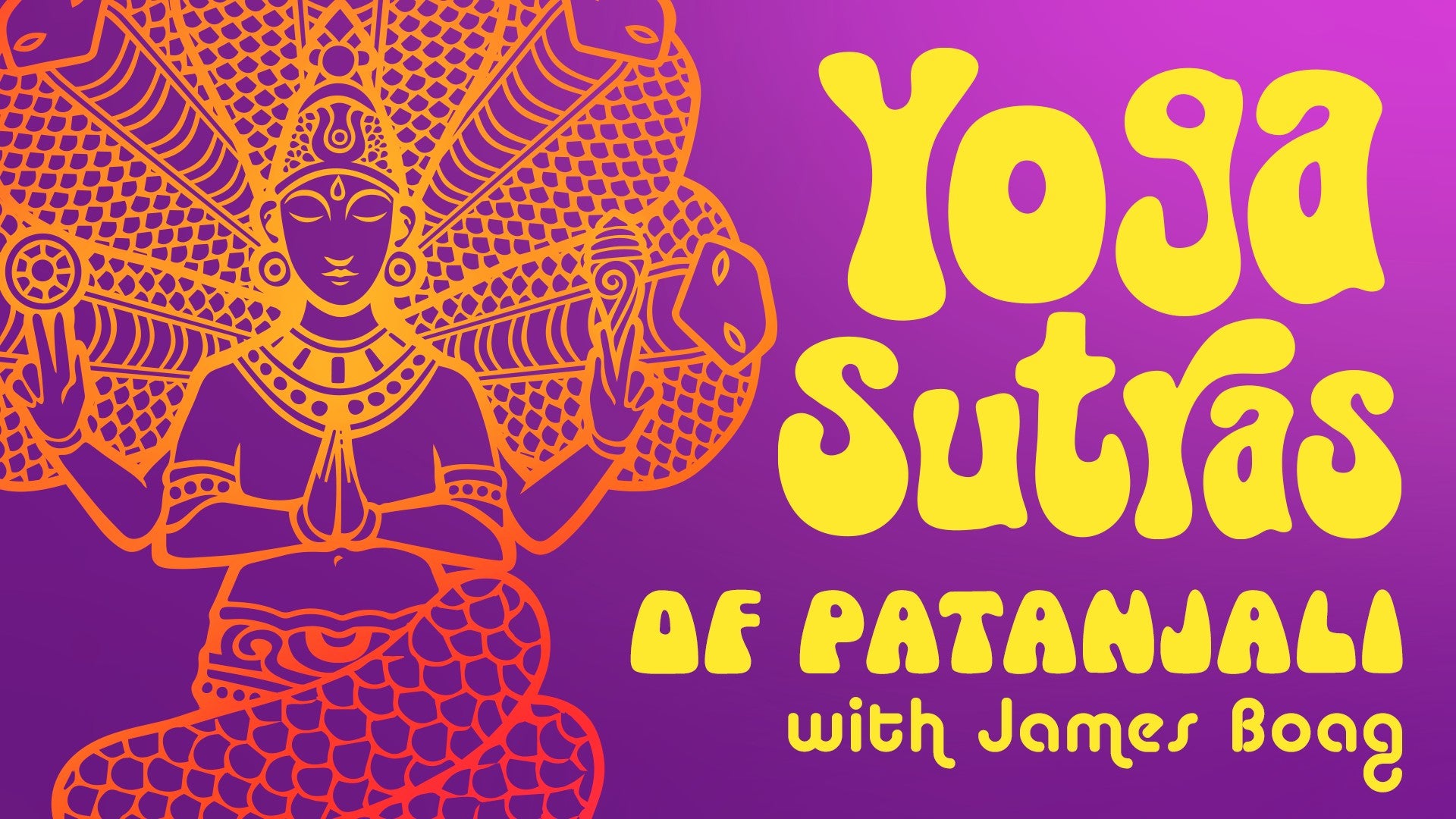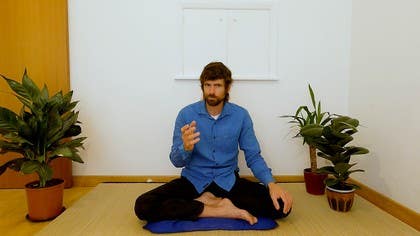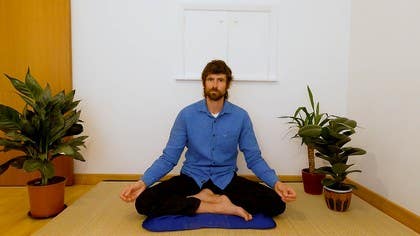Description
About This Video
Transcript
Read Full Transcript
So the angers of yoga, if we're able to practice them diligently, regularly, with devotion, with commitment, with constancy, with presence, then they can bring that situation, which the light of our awareness can succeed to that state of steady, clear insight. So what are the angers of yoga? Tavaangani, Ashta, Ashteau, Angani. The angers are 8. Stavangani, this is an plural ending.
So again, there's this emphasis. There are 8 of them, but they are a collective. What are they? Yama, Niyama, Asana, Pranayama, Pratya Hara, these are the eight limbs, and they are a collective, as we mentioned already, They're all members of one body. So it has been a beautiful thing that has come into my life recently. My sister became a mother just a few months ago, and just, she has just moved to be much closer to where I am.
And so twice in the last week, I've had the joy of spending time with my nephew who is just a few months old. Previously, she was living much further away. So there were there was a gap of some months that I hadn't seen him. He is a much bigger stronger boy than the last time I saw him, his father is 6 foot 6 in a big month, and he's a little Sebastian already has quite, you know, big hands and big feet and strong grip, but he's so much chunkier than the last time I saw him. But how has he grown?
It's not that his right arm has become big and strong, and his left thumb is waiting to catch up. All the limbs, they are growing as a collective as a body. And so it is with the ashtanga. They are mutually complementary members of the same group or collective of practice. Certainly, from some perspectives and in some situations.
We can see how Yamma and Niyama facilitate Asana facilitate Pranin. We'll talk about that more later. But even though that is the case, these are a collective. And as with any type of collective, any group, any list in Sanskrit. What we often find is that the first and the last members of the group are especially important, and this is certainly the case with the Ashtangar. Samadhi is the context. Yeah? Chapter 1 of yoga sutra is all about Samadhi.
Yoga's about cultivating Samadhi. And in chapter 2, what is the Sardhanah of yoga 4. What is Kriya yoga for? Remember, Sutra 2.2. Samadhi Bavanarta. Clasi chair. The whole point of everything that's being elaborated here has potentially kind of unpacks and develops further the key concepts and ideas that are already set forth in chapter 1, it's to strengthen Samadhi and attenuate the clashes.
So Samadhi is really the underlying context. And Yamah Niyama, they are the foundation of prat it's, we might say. We've already had those foundational principles right at the beginning of the chapter, tapas Fadia Ishwar Panidhan, and we're gonna see now as the practical method with the 8 constituent members is further elaborated, we're gonna hear more about the primacy of Yemen Yamma. But all of these 8, it's like they all support each other. And as we'll see, Each one of them really includes all the others. If we're gonna become fully established in any one of the ungers, any one of these members or limbs, it will actually bring us to the state of being established in the others.
And we cannot really practice any of them without also working with the others. This is a very beautiful and practical method. We'll see more and more as we get into it now.







You need to be a subscriber to post a comment.
Please Log In or Create an Account to start your free trial.